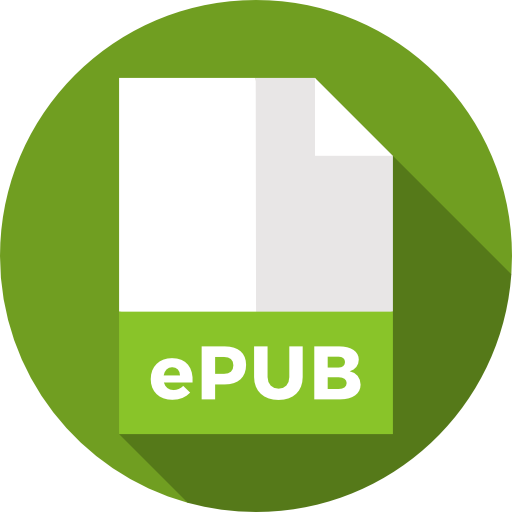
An International Publisher for Academic and Scientific Journals
Author Login
Scholars Journal of Medical Case Reports | Volume-13 | Issue-10
Giant Bladder Stone with Renal Impairment: A Case Report and Literature Review
M. Cheqboub, A. Agnaou, M. Oubihi, A. Chatar, M. A. Lakmichi, Z. Dahami, I. Sarf
Published: Oct. 6, 2025 |
97
27
Pages: 2250-2255
Downloads
Abstract
Bladder lithiasis refers to the disease related to the formation of stones in the bladder. These stones, which can reach several centimeters in size, are made up of aggregates of various mineral substances (calcium, phosphates, magnesium...) and organic substances. Most often, these stones are formed as a result of poor bladder emptying, due to a sub-vesical obstruction or bladder dysfunction of neurological or other origin. We present a case of giant bladder stone responsible for left renal dilation associated with a right ureteral stone and a right staghorn kidney stone, caused by bladder neck disease and complicated by renal failure. This is a 42-year-old male patient who was admitted through the emergency room for recently worsening hypogastric pain associated with chronic right lower back pain and lower urinary tract symptoms of filling type: pollakiuria, and emptying type: dysuria, all symptoms evolving for 20 years. Physical examination revealed bilateral lumbar tenderness and a palpable hard hypogastric mass. Imaging revealed a giant bladder stone occupying almost the entire bladder associated with a pelvic ureteral stone and a right staghorn kidney stone. The treatment consisted of a suprapubic cystotomy with extraction of the giant bladder stone and extraction of the ureteral stone delivered through the meatus by ureterotomy. Postoperative recovery was uneventful. The purpose of this article is to emphasize the importance of early consultations for lower urinary tract symptoms, which appears difficult given the context of ignorance and traditions that consider the urogenital system a taboo, in addition to delays in care due to geographical distance and difficulty of access to care.


